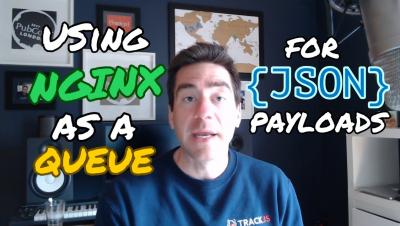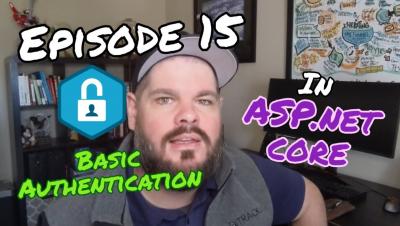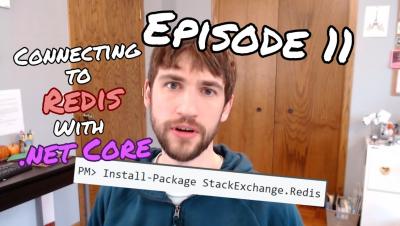Using NGINX as a Queue for JSON Payloads
Request Metrics is a performance analytics tool. As such, we need to build a data ingestion pipeline that will consume performance data and process it. One common approach to ingest is to shove incoming data into a queue. We like simple things, and figuring out fancy distributed queues is anything but. So we're going to eschew best practices and use NGINX as our queue!











